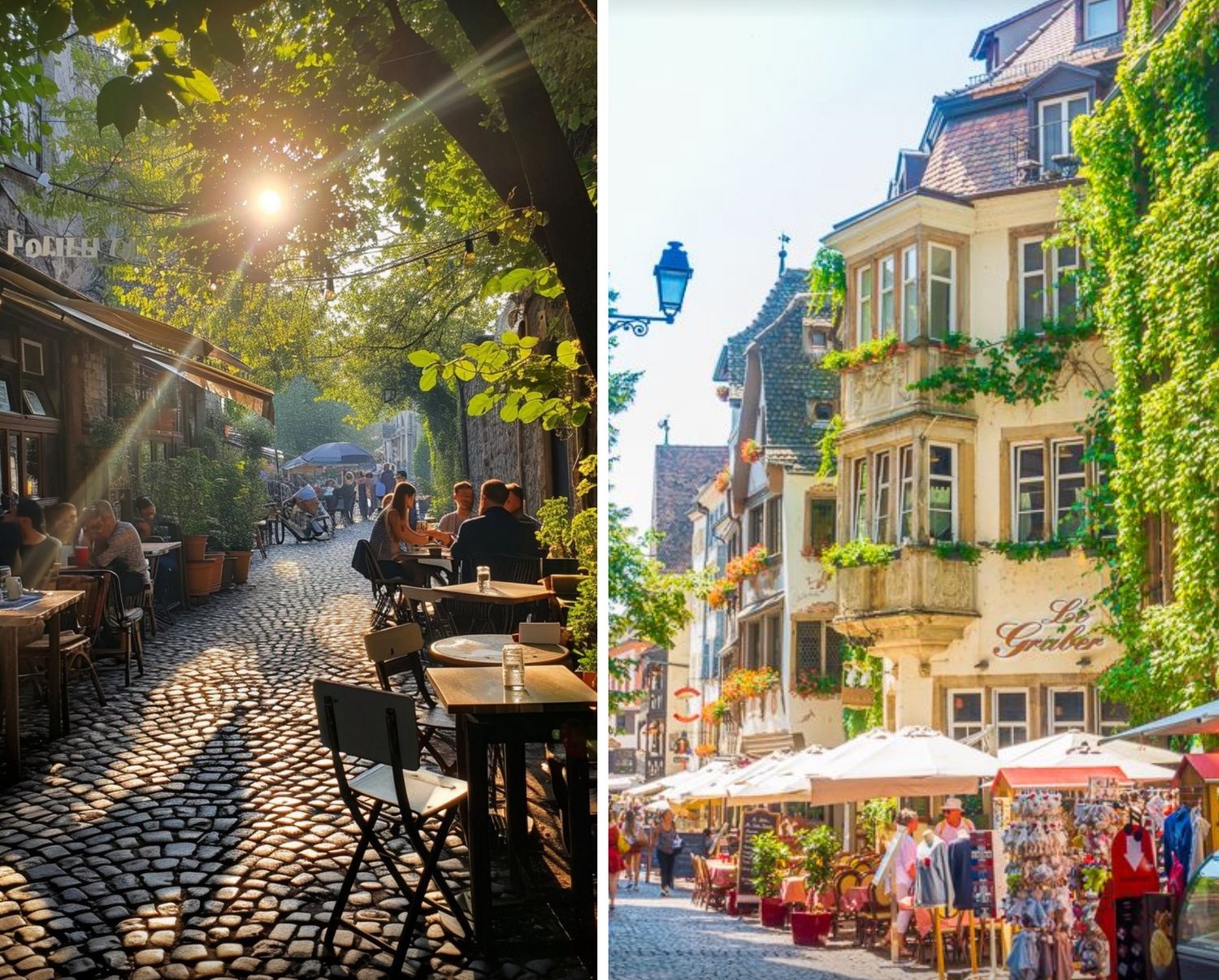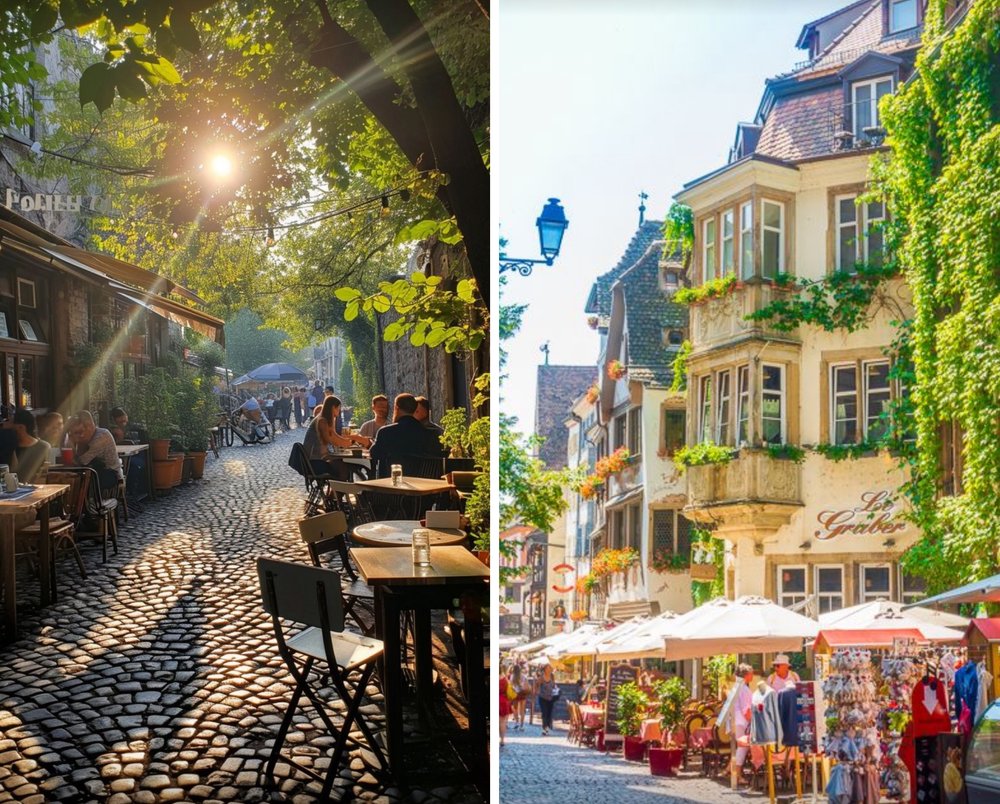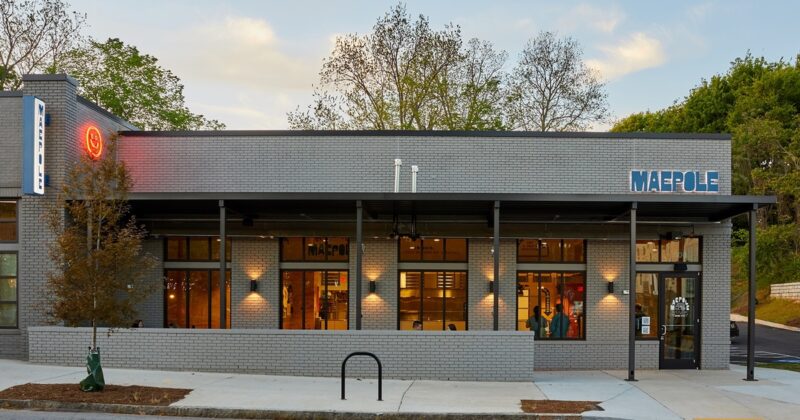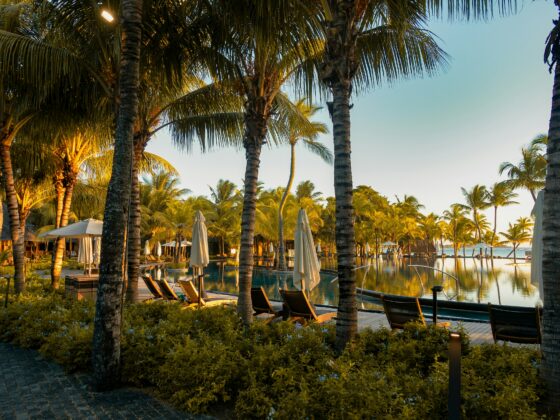
And you do this through art, culture, design.
Through integrating and harmonizing with nature, because nature is the place everyone naturally feels most alive.
A couple good examples of places that feel alive
So much of what I’ve been reading—though new in many senses—feels intuitive.
I’m realizing that designing and building Live Oak Lake was indeed a baptism-by-fire in the art of placemaking.
These two books break down the patterns of great design, of great places. Patterns that repeat themselves all kinds of places, like the Fibonacci sequence does in nature (pinecones, sunflowers, shells, galaxies, hurricanes…).
The right way to build a courtyard.
The right way to place a window.
The right way to position a house, a tree, a street… You get the point.
I’m especially fascinated with the idea of applying all this not just to individual STR’s or even micro-resorts (though it couldn’t be more applicable), but to whole developments, communities, towns. Why not create a whole ecosystem of life—food, gardens, shops, places to live and work, places to visit?
All the parts benefit each other, so the whole is much greater than the sum of the parts.
And this, indeed, is what many are doing.
Growing up the way I did—in the community I live in—uniquely shapes my views on this. I’ve been living in just such a place almost all my life. But how do we make more of these kinds of places?
When we were in Europe this Spring (particularly the Netherlands), I got to taste something new for me. Not only are their towns much older (thus full of character), but they’re far more charming, lively, walkable and bikeable than ours.
And when I say ours, I especially mean those of us who live in Texas…
I’m sorry, but sometimes it seems like we’re pretty great at creating only the deadest kind of urban sprawl. Don’t get me wrong—there are plenty of things I love about where I live, but the sense of place (ironically outside the exact place I personally live) generally isn’t one of them.
So that’s what Live Oak Lake was: a little oasis. With a strong sense of place that was cohesive and truly immersive. I think that’s what made it charming and magical—an experience. And that’s why guests became raving fans.
(Of course the major component of authentic hospitality goes hand in hand with this, but it’s harder to separate than I thought).
So anyways, this is what’s on my mind this morning. I’m sure many of you are much farther down the road here. I feel kinda like a kid in a candy shop reading these books. And I love it.
Let’s go create places that make us (and others) feel alive!! Places that start to shimmer, like they’re on fire!
This is what experiential hospitality is all about.
So much of it starts by being more intentional in how we observe. I think we all know the difference between places that have this vibrancy and those that don’t (and it’s NOT about luxury or simply spending more money).
But do we stop to think about it enough?
We have to consciously humble ourselves a little bit and start to look, listen, and feel more intentionally. No matter how much we already know, we’ll begin to see more. And then we can go and apply those learnings to bring more life to where we live or what we’re building.







